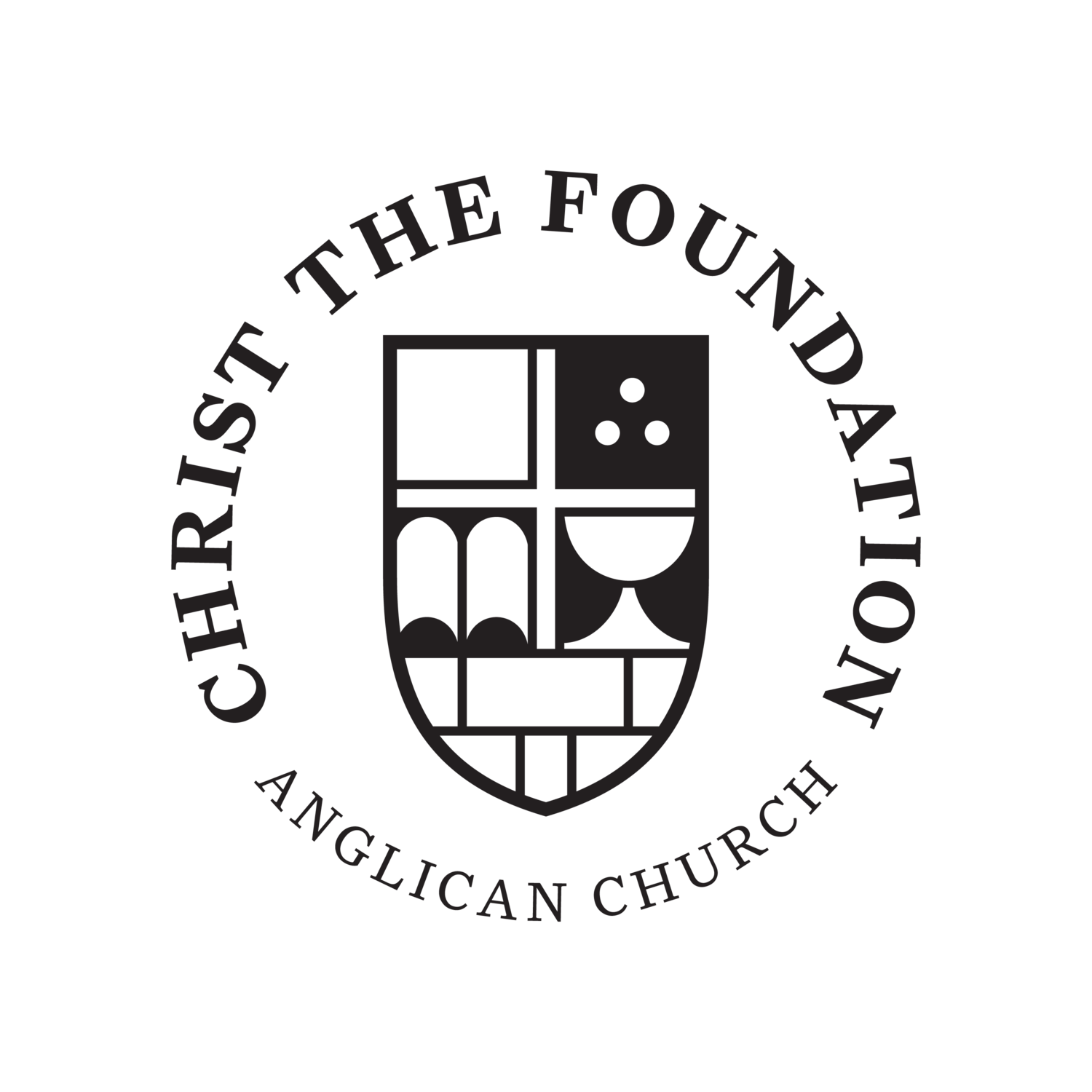Our Anglican Heritage
Christ is the foundation stone of the Church
Two movements help to root Christ the Foundation within the vast history of the Anglican Church. One is local, the other comes from the opposite side of the globe.
At a time of denominational division and controversy, King Kamehameha IV imagined a unified church in Hawaii. In his 1863 preface to the Hawaiian translation of the Book of Common Prayer (translated by himself), the King sets forth a vision of “unison in adoration,” that throughout the Hawaiian Islands the church would worship with one voice and one mind. Out of that desire, and “through the breathings of the Holy Spirit and by the agency of the chiefs,” the Anglican church was planted in Hawaii. For the King, the Anglican Church in Hawaii was an “off-shoot” of the global Anglican Church, which was a “branch” of the “One true Church” of Jesus Christ.
Another “off-shoot” played a significant role in our story. At a time when Episcopal churches were falling into error around issues of human identity and biblical authority, the Anglican Church of Rwanda reached out and took us in. They had recently experienced a genocide, and, as they saw it, there was a spiritual genocide happening in the United States, creating a need for a spiritual revival. In 2000, Rwanda sent missionary bishops to plant Anglican churches in America, providing a home for faithful Episcopalians, including the founding members of Christ the Foundation. The renewal of the Anglican Church in the US continues the heritage of the East African Revival, a movement that began in Rwanda, calling people to “walk in the light.”
Significantly, in his preface, King Kamehameha refers to Christ as “the foundation-stone” of the Church. Christ the Foundation is the fruit of the King’s vision and Rwanda’s outreach, a faithful Anglican presence, locally rooted and globally connected.

